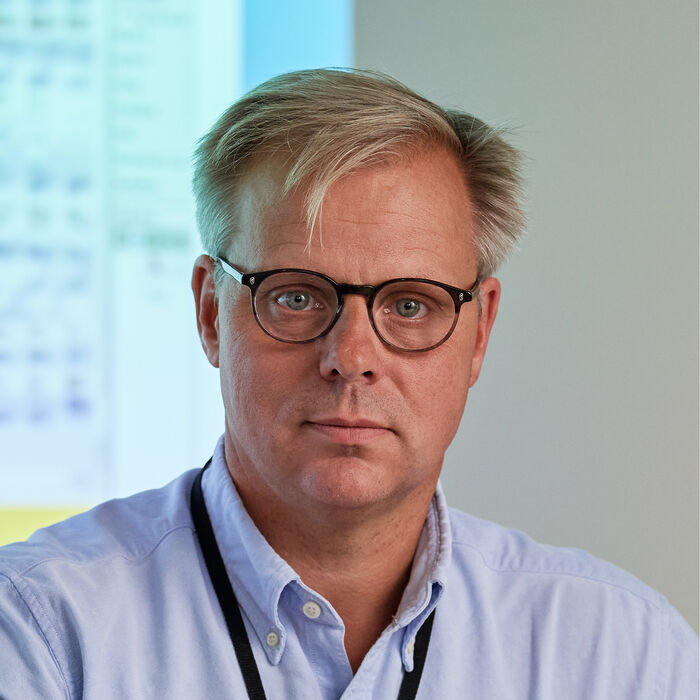Guest lectures and seminars - Page 45
Abstract: The fungal kingdom is one of the most species-rich organismal groups, containing up to 6 million species worldwide with a large diversity of ecosystem functions. Multicellularity has evolved independently in fungi, and over time many different growth forms and structures have originated. I will present some basics on fungal growth and the formation of complex multicellular structures.
Online participation is possible too. Please contact "timokoch at uio.no" for the Zoom link. This talk is part of the Mechanics Lunch Seminar series. Bring-your-own-lunch and lots of questions.
Super-resolution is a hot topic in current day Machine Learning. The origin of the methodology dates back to applications in seismic imaging. I discuss the evolution from the early days and highlight some papers which have given new theoretical insights along the way. I illustrate the bridge between traditional convex optimization and current day convolutional neural nets. Along the way I show some examples where we have used this for current day applications in seismic imaging.
Abstract: Transport and mixing in multiphase flow through porous media plays a key role in a range of biological, geological, and engineered systems. Here, we use numerical simulations to investigate the effect of intermittent multiphase flow on fluid stretching and folding, a fundamental mechanism driving solute mixing and reaction in porous media. We show that, in contrast to steady single-phase flows, the concurrent flow of two immiscible phases induces chaotic mixing, characterized by exponential stretching in the pore space. The stretching rate is found to decay with increasing capillary number, implying that the increasing flow intermittency observed at lower capillary numbers enhances the mixing efficiency. We propose a mechanistic model to link the basic multiphase flow properties to the chaotic mixing rate, opening new perspectives to understand mixing and reaction in multiphase porous media flows. The results presented here form part of the background for the recently started RCN-funded project M4: Mixing in Multiphase flow through Microporous Media, which will also be introduced.
This talk is part of the Mechanics Lunch Seminar series. Bring-your-own-lunch and lots of questions.

